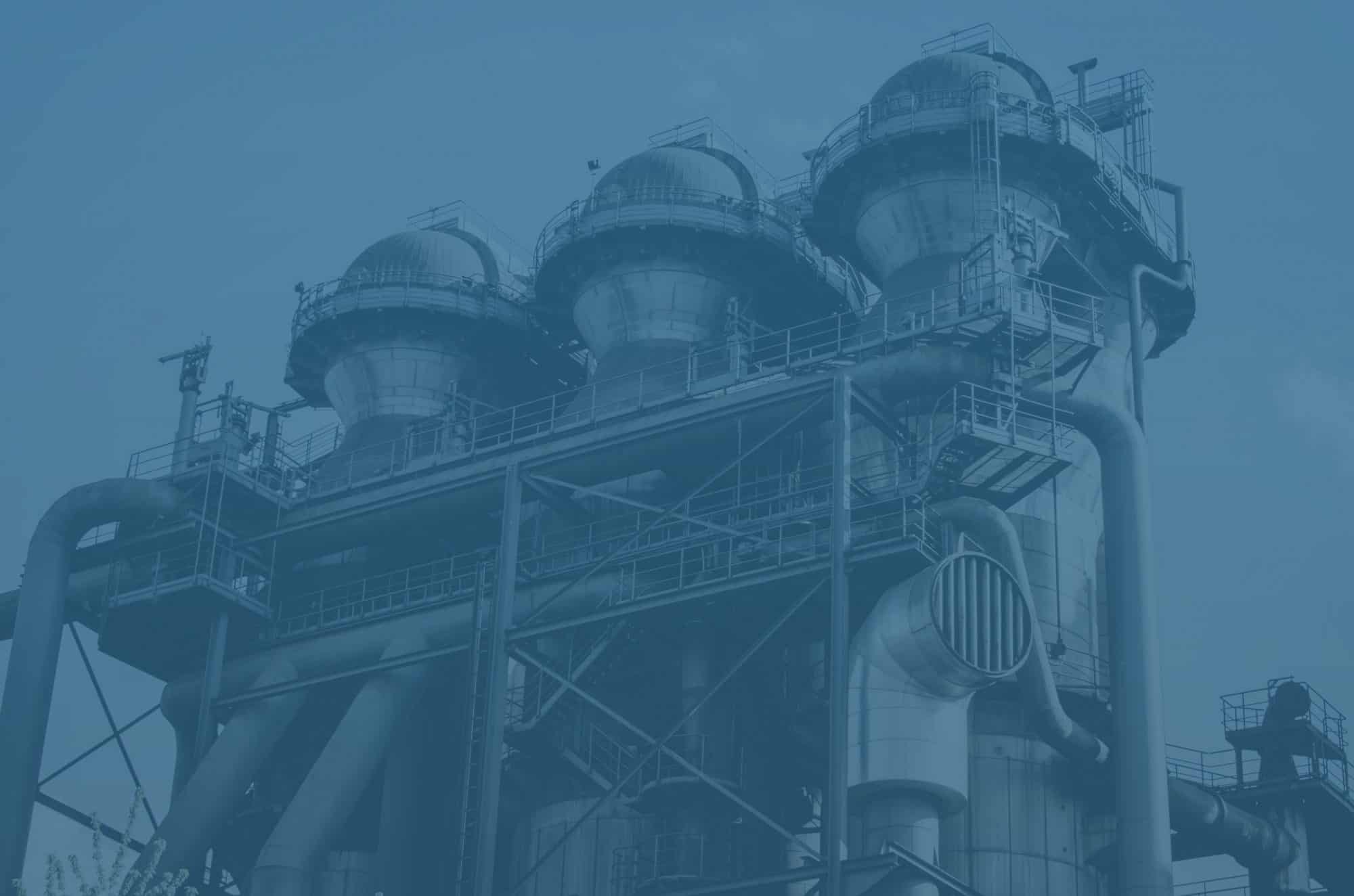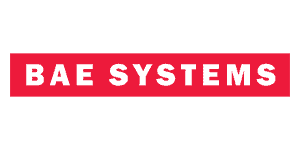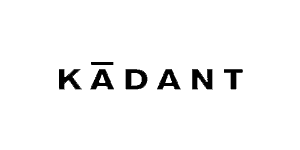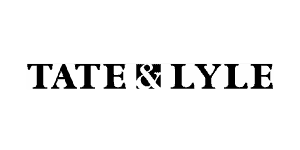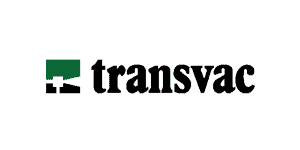Industrial noise pollution is a problem that many face. Fortunately, Ventx exists to offer solutions. They come in the form of high quality silencer products. These installations work by minimising the noise emitting from various things, including machinery, vents, and more. With many models available, like discharge vent silencers, we can provide equipment for everyone. So, you can rely on us to help with new and existing facilities.
Noise-induced hearing loss (NIHL) is still a substantial occupational hazard in the UK. It affects countless workers in all sorts of industries. People working in entertainment, construction, and manufacturing in particular are in danger.
The Health and Safety Executive (HSE) states that around 17,000 people in the country suffer from hearing issues relating to work. This includes NIHL and the likes of tinnitus. NIHL’s economic burden includes healthcare and compensation costs. At the same time, there are productivity losses and changes in employment because of hearing trouble.
We want to discuss the matter of noise monitoring in industrial environments. With the right information, you can determine whether your own facilities are producing noise levels that are too high. If they are, you can then take action to reduce the noise and protect people from hearing damage. This could involve using discharge vent silencers and other equipment.
Fundamentals
Let’s begin with the fundamentals of noise monitoring. There are several methods of assessing and managing noise levels.
Personal noise monitoring
Firstly, you could take measurements from multiple workers to estimate their separate exposure levels. This works well in settings where noise exposure varies among areas in the property.
Area noise monitoring
Secondly, you could examine noise in places where employees remain stationary. Sound levels tend to stay fairly constant. So, if you check different areas, it aids in identifying high-risk locations and loud equipment within a workspace.
Environmental noise monitoring
Lastly, you can evaluate the noise impact past the workplace boundaries. This approach checks for possible disturbances to locals. Furthermore, it ensures you comply with community noise standards. Plus, you can ensure you aren’t harming the environment and local wildlife.
Why is it important?
In industrial settings, you need efficient noise monitoring. It is essential for inspecting the levels of exposure and risk of harm. Also, you need it to make sure you comply with health and safety regulations. The data can tell you if you need equipment like discharge vent silencers.
You can use several tools and techniques to measure and inspect noise here. Let’s finish with a couple of examples of them.
One solution is sound level meters (SLMs). What we have here are handheld devices. They measure sound pressure levels using decibels (dB). Class 1 meters are suitable for environmental noise measurements and can also be used for occupational noise measurement. Class 2 meters are for the latter. You can also find Type 1 and Type 2 meters, but while comparable, they don’t meet modern standards.
Then there are Dosimeters. Worn by workers during the workday, they measure the complete exposure to noise over a chosen period. They are a good option if you need to comply with regulations that focus on exposure limits over 8-hour work shifts.
Speak to us if you need discharge vent silencers or other models
Ventx industrial silencers benefit staff and visitors of worksites. They ensure noise levels are lower, ensuring less harm and better experiences. Also, you may need them to follow UK environmental standards if your site emits a lot of noise.
So, if you have a site that calls for bespoke discharge vent silencers or other models, please get in touch. We can design the best equipment for you.
